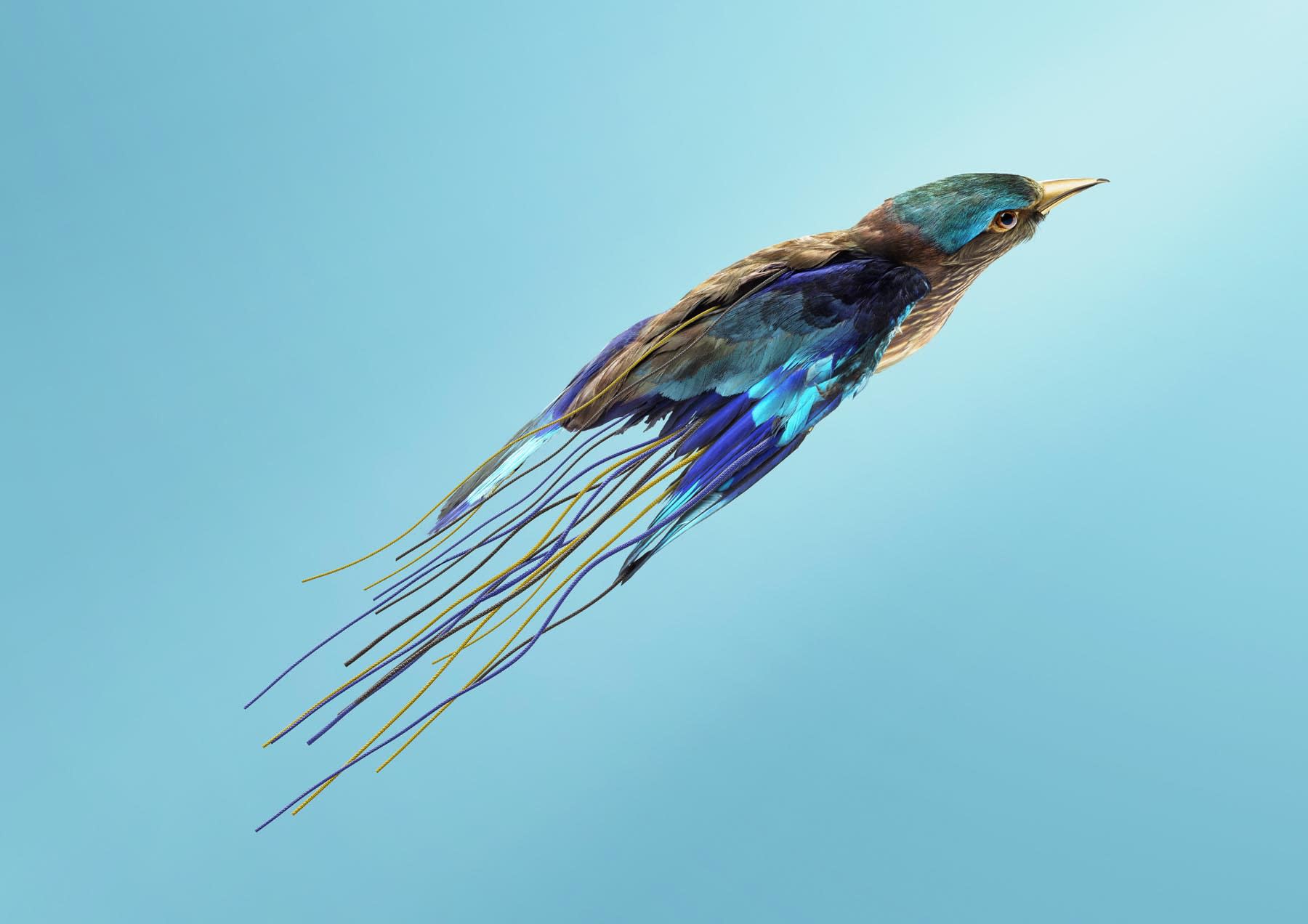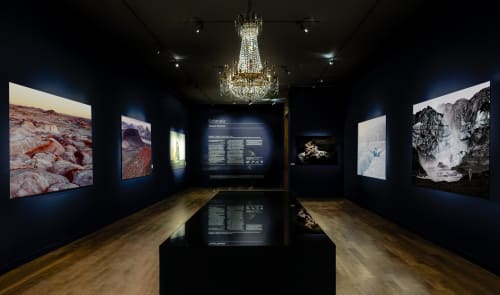The visual artist invites himself to Musée de la Chasse et de la Nature to create a mythology of the future, evoking a relationship between technology and nature.
It is not so much a rifle that is needed at the Musée de la Chasse et de la Nature, but a compass. With unexpected richness, at least for those who still hold onto speciesist preconceptions, the place (housed in two private mansions) reopened in the summer of 2021 after two years of renovation, featuring five new rooms. Moreover, for about fifteen years now, it has made the successful choice (also in terms of attendance, which has increased) to open its doors wide to contemporary art (Tania Mouraud, Sophie Calle, Eva Jospin...) in the form of temporary exhibitions, sometimes integrating artworks into the surroundings. The idea, which requires a certain level of concentration, is to establish a dialogue here with a porcelain piece from the Compagnie des Indes, and there with a canvas by Rubens or Brueghel.

Oiseau Tempestaire (Coracias tempestari), 2022 © Vincent Fournier / courtesy The Ravestijn Gallery
Instead of wolf traps and other stuffed trophies, one can currently prefer the fertile gaze of Vincent Fournier, who has named his odyssey "Uchronie." A term beloved by science fiction enthusiasts, the artist appropriates it to evoke a relationship with nature and technology that turns its back on catastrophism, opting instead for a nimble phantasmagoria that inventories a mythology of the future.
"We had considered naming the whole thing 'Solastalgia,' but the notion of disappearance implied by the term dissuaded us, because Vincent Fournier also has an atypical and whimsical dimension that evokes childhood dreams and the evident pleasure of telling stories, both to oneself and to others," explains Christine Germain-Donnat, the director of the institution since late 2019, who also emphasizes the desire to rotate artistic mediums. After wood engraving, cardboard, and aerosol spray, it is now photography, in the broadest sense, that comes to "disrupt" the permanent collections, with the fifty-year-old Vincent Fournier also venturing into video and installation art. "At the intersection of biology and surrealism," the artist imagines, for example, a chimeric taxonomy in the form of augmented animals, where the storm-controlling bird—using music—coexists with a feathered elephant and a toucan with a golden beak.

Iceland Moon Mars Simulation #1, MS2 Spacesuit, ISE, 2021 © Vincent Fournier / courtesy The Ravestijn Gallery
This uninhibited creativity also applies to humans when, in the ongoing series "Space Utopia," started in 2007, Vincent Fournier places astronauts in the middle of glaciers or rocky landscapes. However, as another way to blur the lines, there are no montages, retouches, or filters characterizing these perfectly authentic large color formats, which simply depict Icelandic sites used as NASA training grounds.

